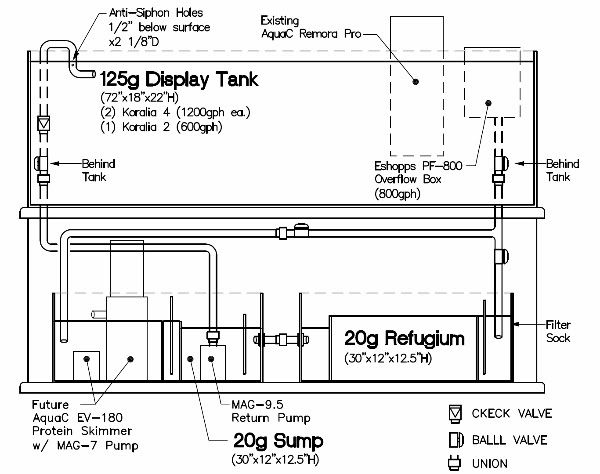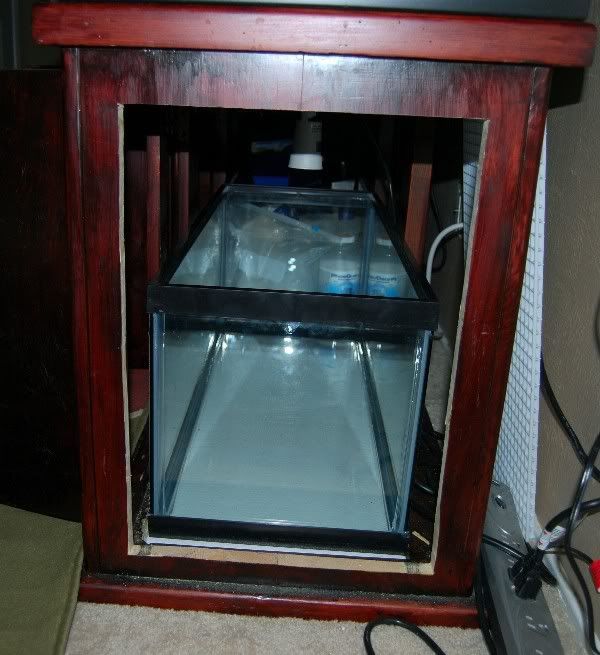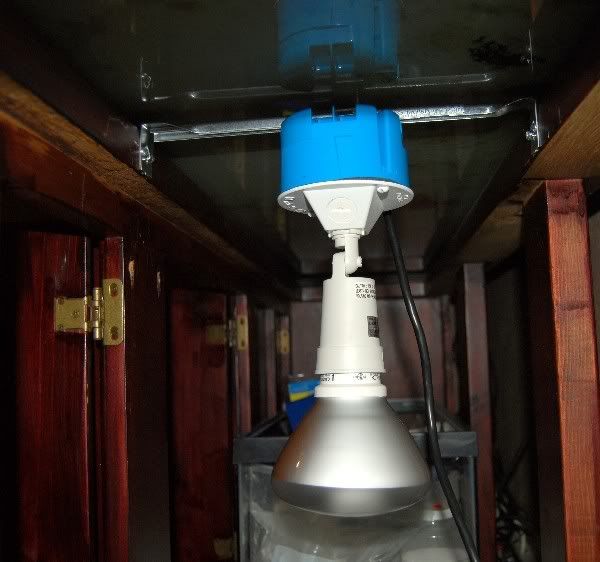florida joe
Well-Known Member
Originally Posted by truehle
http:///forum/post/2922463
You definitely made a lot of sense.
Its just not readily apparent to the novice(ME) that the overflow box has a variable flow rate. Would it would be safe to say that the flow rate is at its theoretical maximum if all things are working properly (assuming no DT pump to force flow to sump)?
So the thought is this, right? ....The flow rate of the overflow ranges from ZERO to the advertised flow rate. ZERO when there is insufficient water in the system, and maximized when things are properly flowing. That's why its important to buy and return pump that's rated for less flow rate than the overflow. Did I somehow just make sense there??? I think I need coffee.

The mistake I was making was thinking that both overflow and return pump always operated at their advertised volumetric flow rates, and to me that meant FLOOD (and angry wife).
Thank you for the explanation. Again, you all are an invaluable source of info!
Your flow rate is NOT working at its maximum when you have established the level you are comfortable with in your sump. It is working at an equilibrium level to maintain that specific level if you were to add water to your DT you would increase the flow and the level in your sump would rise. You could in theory reach a max level of flow from your overflow box but to reach that you would have to be just below the point of overflowing the box back into your DT.and you would need a large enough sump to handle the added water
http:///forum/post/2922463
You definitely made a lot of sense.
Its just not readily apparent to the novice(ME) that the overflow box has a variable flow rate. Would it would be safe to say that the flow rate is at its theoretical maximum if all things are working properly (assuming no DT pump to force flow to sump)?
So the thought is this, right? ....The flow rate of the overflow ranges from ZERO to the advertised flow rate. ZERO when there is insufficient water in the system, and maximized when things are properly flowing. That's why its important to buy and return pump that's rated for less flow rate than the overflow. Did I somehow just make sense there??? I think I need coffee.

The mistake I was making was thinking that both overflow and return pump always operated at their advertised volumetric flow rates, and to me that meant FLOOD (and angry wife).
Thank you for the explanation. Again, you all are an invaluable source of info!
Your flow rate is NOT working at its maximum when you have established the level you are comfortable with in your sump. It is working at an equilibrium level to maintain that specific level if you were to add water to your DT you would increase the flow and the level in your sump would rise. You could in theory reach a max level of flow from your overflow box but to reach that you would have to be just below the point of overflowing the box back into your DT.and you would need a large enough sump to handle the added water








